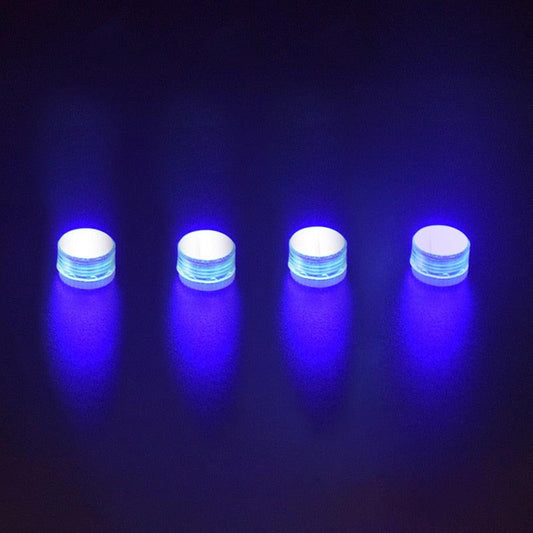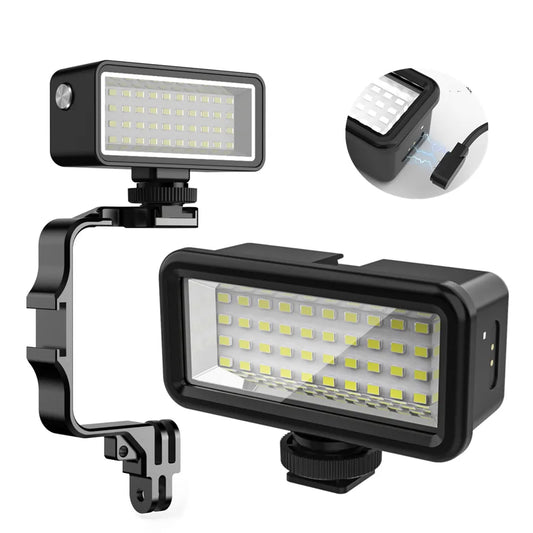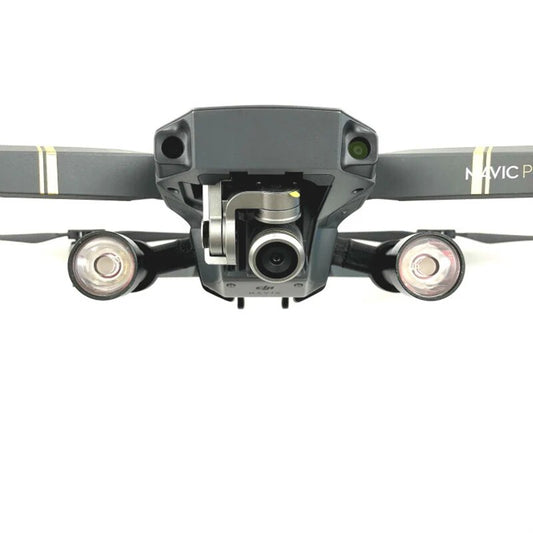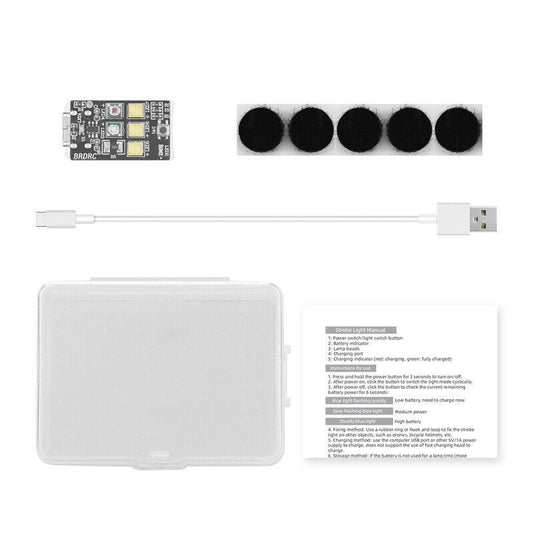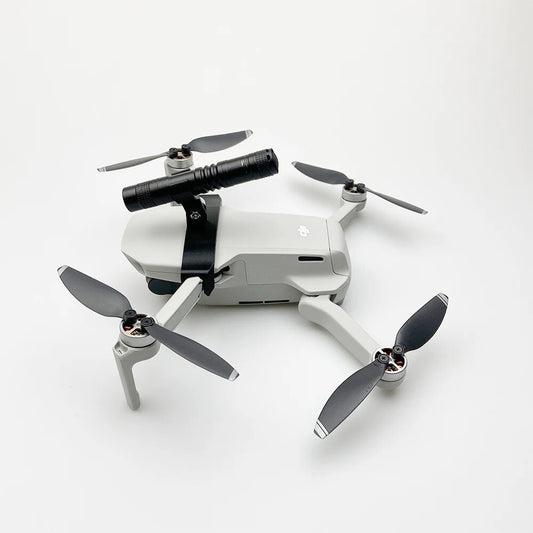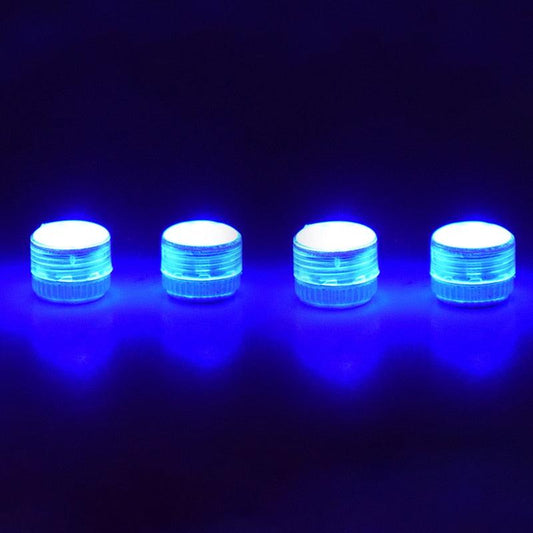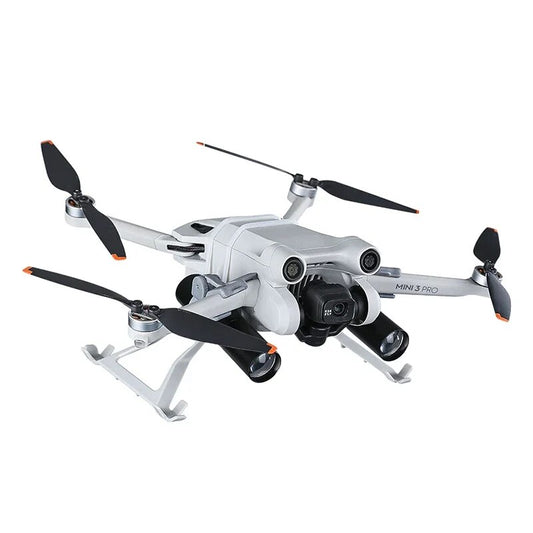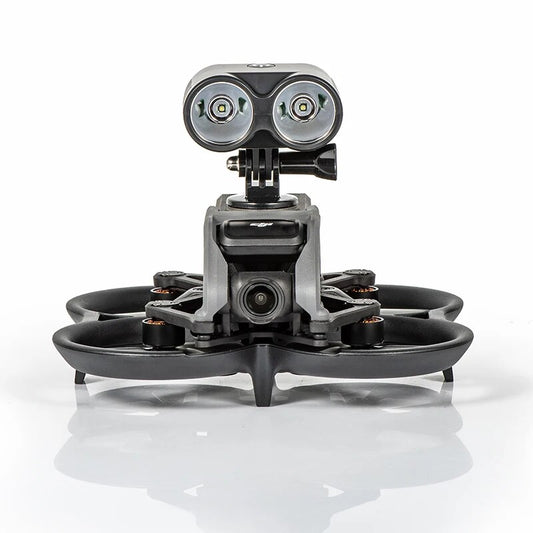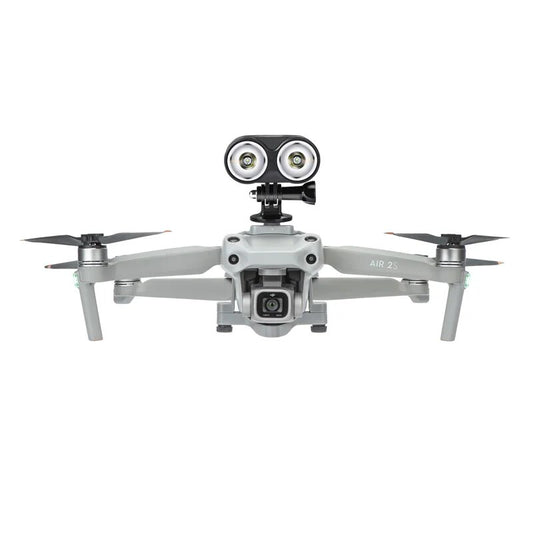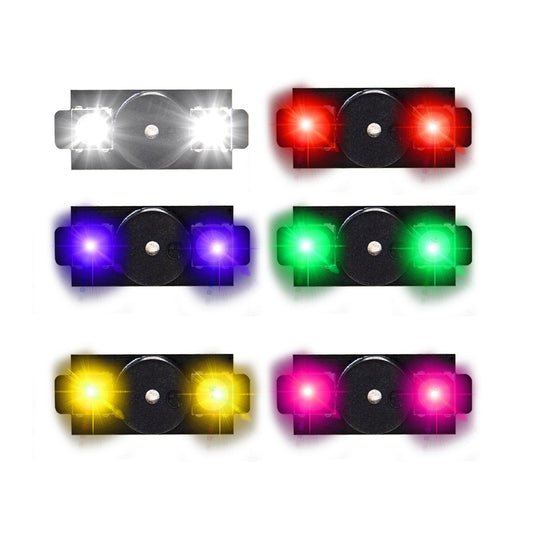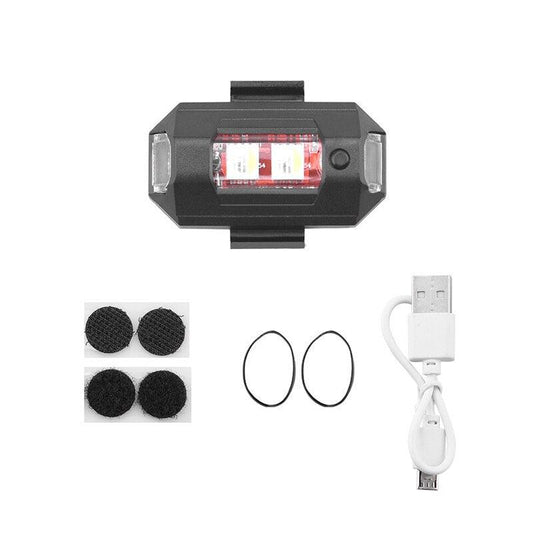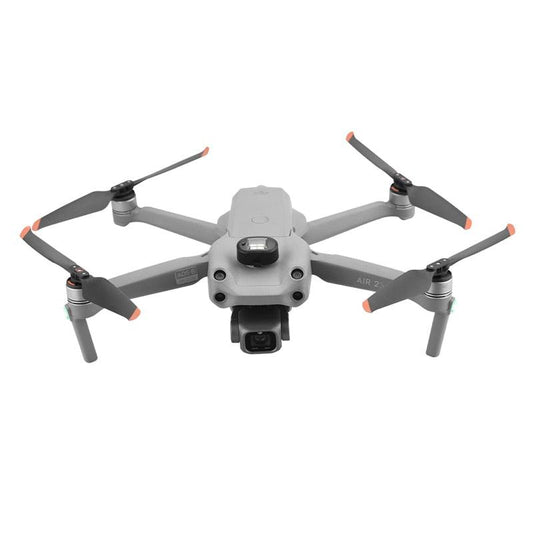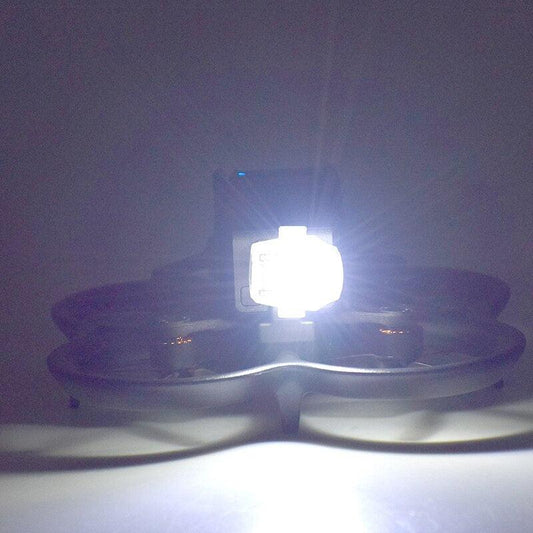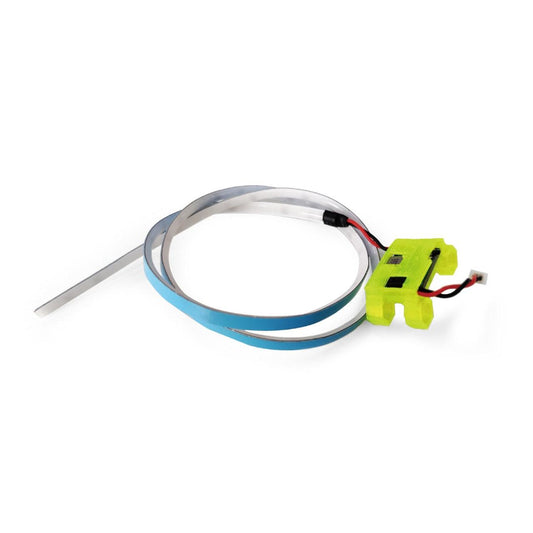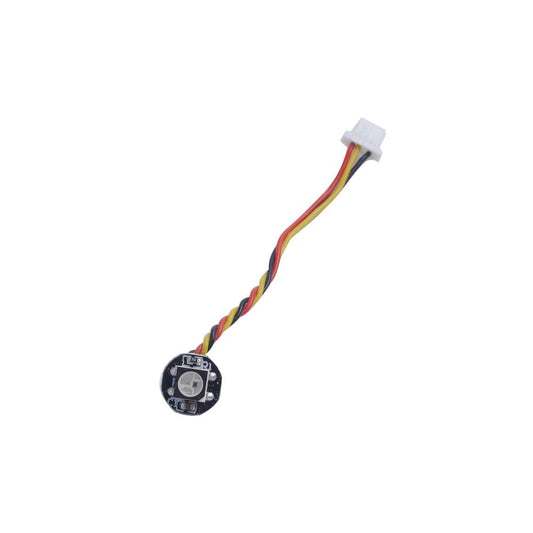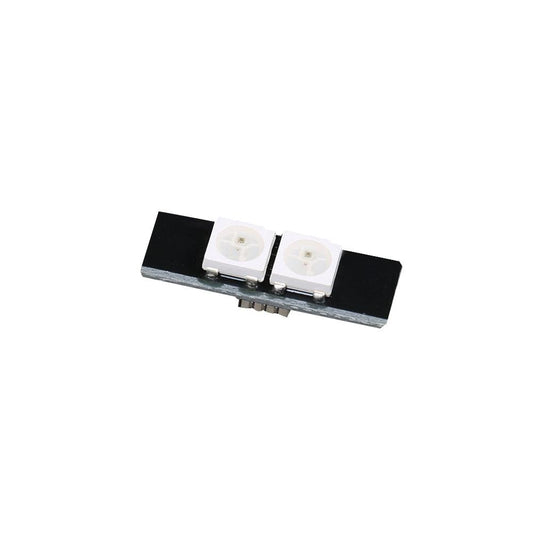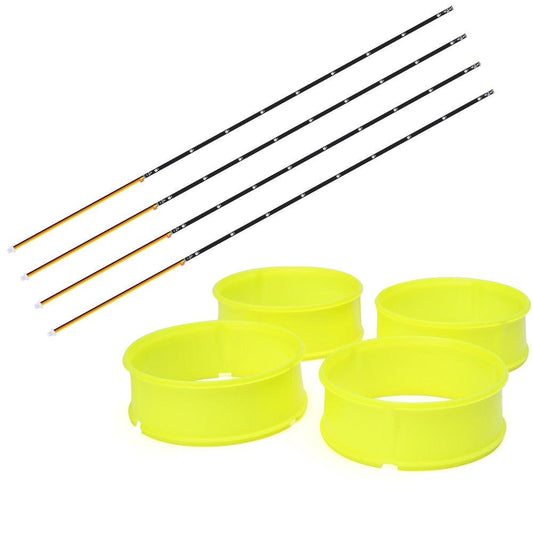-
Night Flight LED Strobe Light for DJI AVATA/Mavic 3/Air 2 2S Mini 2/MINI 3 PRO/2 Pro Zoom/FPV COMBO/Phantom Drone Accessories
Regular price From $8.70 USDRegular priceUnit price per -
Fill Light Lamp with Frame - Waterproof 40M Underwater Led Video Diving For Gopro Hero 11 10 9 Dji Action 3 Camera Accessories SLR
Regular price From $10.08 USDRegular priceUnit price per -
Night Lamp For DJI Mavic Pro - Flash LED Filght Light Lamp Kit for DJI Mavic Pro Night Flight Searching Lighting Drone Accessories
Regular price $16.31 USDRegular priceUnit price per -
Strobe Light for Motorcycle/Bicycle/Drone Warning LED Light Turn signal lights USB Charging Anti-collision Accessories for DJI MINI 3 PRO
Regular price $24.93 USDRegular priceUnit price per -
LED Light for DJI Mini 2/Mavic Mini Night Flight Searchlight Drone Photography Fill light Torch Bracket mavic mini Accessories
Regular price $12.18 USDRegular priceUnit price per -
4Pcs Night Flight LED Light for DJI Mavic 3/Mini 2/MINI 3 PRO/Air 2/2S/Mavic 2 Pro Zoom/FPV/Avata/Phantom Drone Accessories
Regular price $9.50 USDRegular priceUnit price per -

CHASING Floodlight 2 – 4000-lm External Light Bar for M2/M2 S/M2 PRO, 0–360° Adjustable, 150 m Depth
Regular price $699.00 USDRegular priceUnit price per -
CHASING Underwater LED Video Light, 12,000-Lumen CRI95, 100 m Waterproof, for M2/M2 S/M2 PRO, 110° Beam
Regular price $1,799.00 USDRegular priceUnit price per -
LED Boat Lights Navigation for Fishing Bait Boat, 300–500M, IP67, 3-Level Brightness, Magnetic, Type‑C
Regular price $12.44 USDRegular priceUnit price per$0.00 USDSale price $12.44 USD -
StartRC Drone Searchlight for DJI Avata, 135lm 4-Mode USB Rechargeable Light, 520mAh 3W, GoPro/1/4in Mount
Regular price From $42.80 USDRegular priceUnit price per$0.00 USDSale price From $42.80 USD -
STARTRC Charger Accessory: LED Searchlight & Mount Bracket Kit for DJI Avata 2 | STARTRC Searchlight for DJI Avata 2
Regular price $70.03 USDRegular priceUnit price per$0.00 USDSale price $70.03 USD -
STARTRC LED Night Flight Light Drone Light for DJI FLIP – Flight Light for DJI Flip, Long‑Range Navigation Strobe
Regular price $27.00 USDRegular priceUnit price per$0.00 USDSale price $27.00 USD -
STARTRC Drone Alarm Buzzer LED Strobe for DJI Mavic/Air/Mini/Avata Series, 120dB, 120 lm, USB‑C, 250mAh, V2 Auto‑Sense
Regular price $34.88 USDRegular priceUnit price per$0.00 USDSale price $34.88 USD -
STARTRC Drone Strobe Light, 6‑LED 5 km Visibility — Flashing Lights For DJI Mini 4 Pro/Air 3/Mini 3/2/Air 2S
Regular price From $32.39 USDRegular priceUnit price per$0.00 USDSale price From $32.39 USD -
STARTRC Drone Strobe Flashing Light for DJI Mavic 3 Pro, Mini 4 Pro/Mini 4K, Avata 2 – USB‑C, 3 Modes, 6g, 34×26×12mm
Regular price From $28.32 USDRegular priceUnit price per$0.00 USDSale price From $28.32 USD -
CZI GL60 Gimbal Searchlight - 65W Power 150M Illumination Distance Drone Spotlight for DJI Matrice 210 V2 / 300 / 350 RTK
Regular price $2,099.00 USDRegular priceUnit price per -
CZI GL300 High Power Searchlight - 310W, 100 Meters Illumination Distance, 5387m² Spotlight for DJI Matrice 300/350 RTK
Regular price $4,999.00 USDRegular priceUnit price per -
CZI GL60 ZOOM Gimbal Searchlight - 65W Flexible Spotlight for DJI Matrice 210 V2 / 300 / 350 RTK
Regular price $5,500.00 USDRegular priceUnit price per -
CZI GL60 Plus Gimbal Searchlight - 120W Power 150M Distance Drone Spotlight for DJI M200 V2 / M300 / 350 RTK
Regular price $2,199.00 USDRegular priceUnit price per -
CZI GL10 Gimbal Searchlight - 30W Power 100M Search Distance Spotlight for Mavic 3 Enterprise
Regular price $1,399.00 USDRegular priceUnit price per -
CZI GL60 Mini Gimbal Drone Searchlight - 70W Power 150M Search Distance for DJI Matrice M30
Regular price $1,999.00 USDRegular priceUnit price per -
L4 UAV Drone Searchlight
Regular price $1,999.00 USDRegular priceUnit price per -
ASL03 Drone Searchlight - PWM control UAV Searchlight Brightness adjustment Color adjustment
Regular price $959.00 USDRegular priceUnit price per -
ViewPro L4 Pro - 3-Axis 150M Lighting Distance Airborne Pan Tilt Searchlight for Multi-rotor Drone
Regular price $2,399.00 USDRegular priceUnit price per -
Night Light For Dji - Landing gear Lipo lithium battery flashlight searchlight night light for dji mini 3 pro drone Accessories
Regular price From $14.59 USDRegular priceUnit price per -
Search Light For DJI Avata - Night Flight Light Supplement Light Lamp Searchlight Avata FPV Drone Accessories
Regular price $36.51 USDRegular priceUnit price per -
Universal Owl Searchlight Night Flight Light Fill Lamp Flashlight Bracket For DJI Mavic 2/Air 2S/FPV Quadcopter Drone Accessory
Regular price $31.06 USDRegular priceUnit price per -
HGLRC WS2812 Colorful RGB LED 5V Active Alarm Buzzer for RC FPV Racing Freestyle Drones Replacement DIY Parts
Regular price $10.37 USDRegular priceUnit price per -
Strobe Light Drone Warning Light Anti-collision Warning Light USB Charging Signal Indicator Drone Motorcycle Bicycle Accessories
Regular price From $8.05 USDRegular priceUnit price per -
Universal Strobe Light for DJI MAVIC PRO/2/3/SE/MINI 2/MINI 1/AIR/AIR 2/FPV/FIMI X8 SE Drone Flash Lamp Night Flight Light
Regular price $12.75 USDRegular priceUnit price per -
LED Strobe Light Warning Light for DJI AVATA/DJI Mini 3 Pro Drone Anti-collision Signal Light Signal Indicator Motorcycle Bicycle
Regular price $24.93 USDRegular priceUnit price per -
LED Strip with BEC for Speedybee Flex25 Cinewhoop
Regular price $20.64 USDRegular priceUnit price per -
3pcs iFlight Led Lights for XL5 v5 / Nazgul5 / Chimera7 FPV drone part
Regular price $17.33 USDRegular priceUnit price per -
2pcs iFlight Led Lights for Protek25 / Protek35 / Protek25 Pusher FPV drone part
Regular price $9.72 USDRegular priceUnit price per -
4pcs iFlight Programmable RGB 9 LED lights - 75mm / 116mm length with Prop Ducts for BumbleBee Green Hornet FPV CineWhoop parts
Regular price From $23.79 USDRegular priceUnit price per
